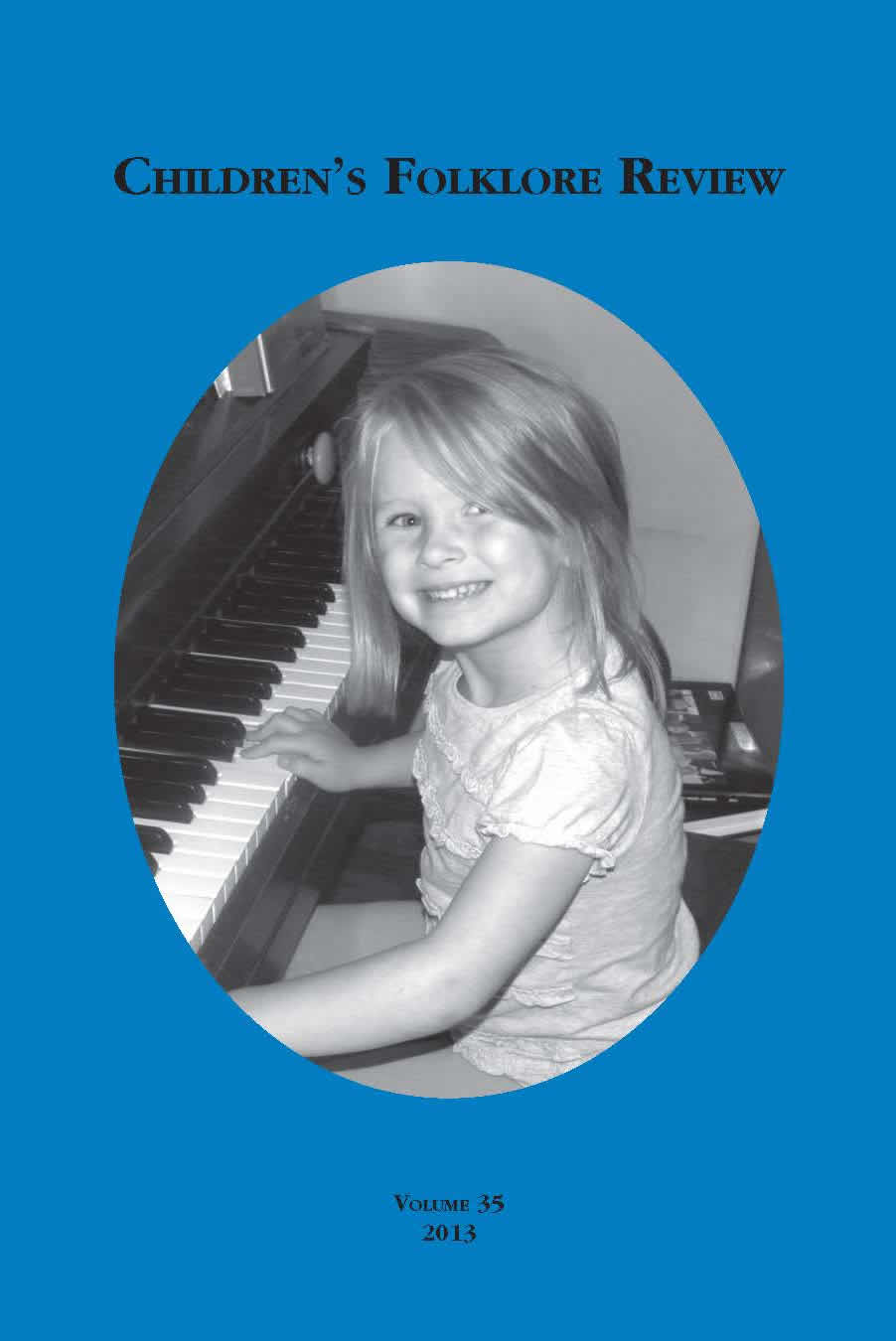Playing for Change: The Performative Functions of Children’s Piano Play
Main Article Content
Abstract
In an iconic scene from the 1988 film, Big, actors Tom Hanks and Robert Loggia leap from key to key on an enlarged foot-operated electronic keyboard as they perform in duet two piano pieces: “Chopsticks” and “Heart and Soul.” For Hanks, playing the role of a 12-year-old boy magically transformed into a 30-yearold adult after wishing “to be big,” the performance represents an outward manifestation of the inner-turmoil brought on by pre-pubescent size- and ageanxiety. As a child suddenly trapped within an adult’s body, this form of play, I call “piano play,” also represents a brief moment of liberation wherein for the first time in the film, Hanks appears comfortable negotiating the complexities of the incompatible worlds that he is trapped in, and yet, torn between: the world of childhood, characterized by carefree innocence and play; and the world of adulthood, characterized by work and responsibility.
Downloads
Article Details

This work is licensed under a Creative Commons Attribution-NoDerivatives 4.0 International License.
Materials published in the Children's Folklore Review (CFR) remain the property of their authors. CFR encourages authors to honor the journal with exclusive rights to their work for the period of one year following its initial publication; however, authors may offer their work for reprint as they see fit. Submissions may be withdrawn at any point during the review process. Once the material has been published in CFR, however, it becomes part of the CFR record and cannot be removed.Likewise, CFR may emend the appearance of materials to maintain a consistency of design, but will make only make changes to the text when requested by the author. At the author’s request, and with the agreement of the editor, additions and amendments may be added as separate files to the table of contents.
Authors who publish with this journal agree to the following terms:
- Authors retain copyright and grant the journal right of first publication with the work simultaneously licensed under a Creative Commons Attribution Non-Derivative License that allows others to share the work with an acknowledgment of the work's authorship and initial publication in this journal.
- Authors are able to enter into separate, additional contractual arrangements for the non-exclusive distribution of the journal's published version of the work (e.g., post it to an institutional repository or publish it in a book), with an acknowledgment of its initial publication in this journal.
- Authors are permitted and encouraged to post their work online (e.g., in institutional repositories or on their website) prior to and during the submission process, as it can lead to productive exchanges, as well as earlier and greater citation of published work.
- While CFR adopts the above strategies in line with best practices common to the open access journal community, it urges authors to promote use of this journal (in lieu of subsequent duplicate publication of unaltered papers) and to acknowledge the unpaid investments made during the publication process by peer-reviewers, editors, copy editors, programmers, layout editors and others involved in supporting the work of the journal.
